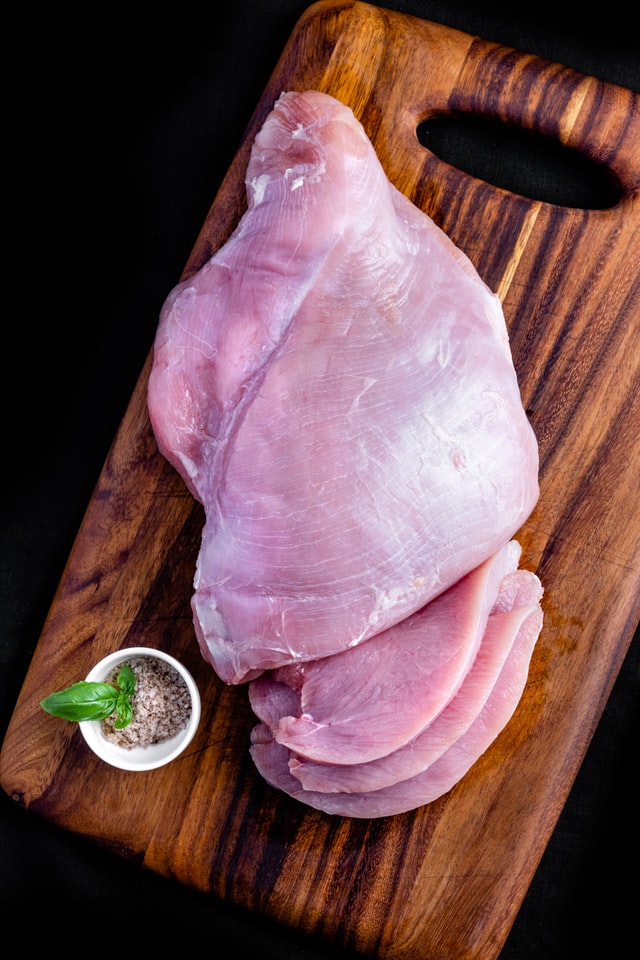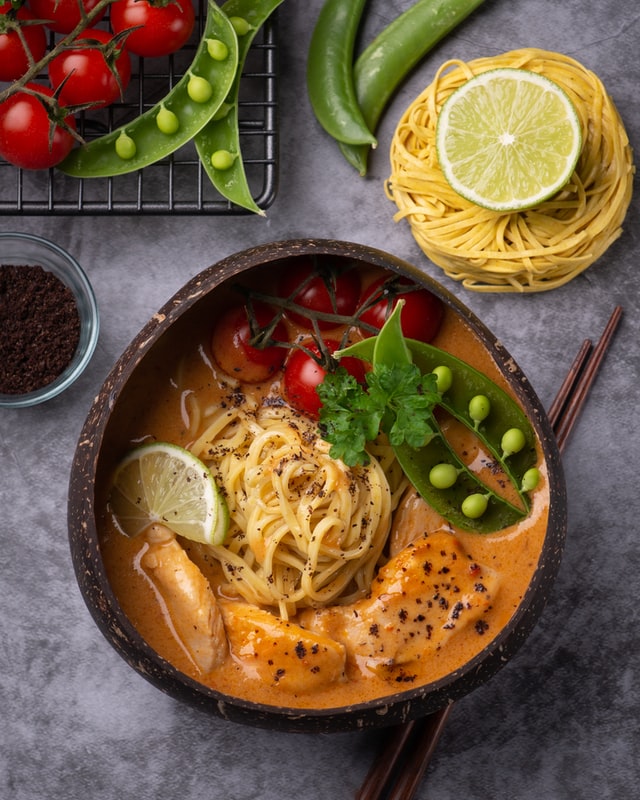Welcome back! This is part two of a series that discusses learning how to cook instead of learning how to cook specific recipes. We are using buying whole chickens as our example scenario. For those of you here on the site for the first time, it may be a good idea to click here to check out part one before going any further. I think this post can stand on its own, but there is some really valuable info there that you should take the time to absorb. Enough of this preamble, let’s crack in!
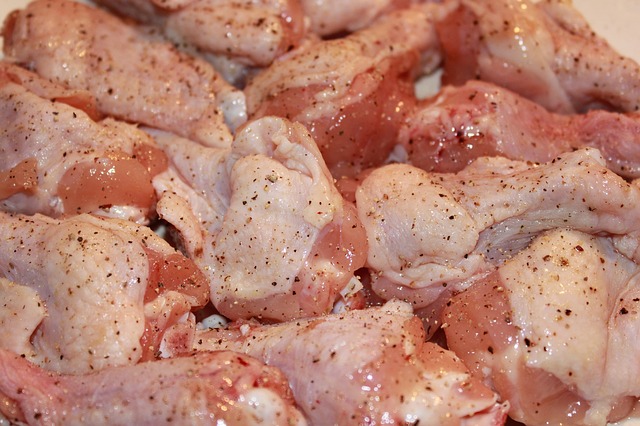
What You Can Learn By Purchasing Whole Chickens
In my early days in the kitchen, before I started butchering chickens, I got into the habit of roasting them whole. This led me to believe that chicken breasts were a dreadful, always-dry cut of meat. Regardless of the fact that I can now cook a chicken breast that isn’t as dry as cardboard, it still has that connection in my mind, and if I didn’t buy whole chickens regularly, I’d probably never buy chicken breasts willingly again. However, because I buy whole chickens, I have to consume chicken breasts on a regular basis, which has driven me to learn about new methods to cook them. For example, after relying on chicken cutlets for a long time to use up the breasts, I discovered that it was more practical and sometimes nicer to slice and velvet them for stir-fries.
The same concept applies if you despise chicken thighs, legs, or wings, for example; the same holds true for using the carcass you’re left with for stock. Because you bought it and, hopefully, don’t want to waste anything, you’ll have an added incentive to use it for something. With enough repetition, that incentive will force you to use it in new, delectable ways over time.
If you buy enough whole chickens, you’ll find delicacies hiding in plain sight. While I’ve so far limited the conversation to major pieces of chicken—legs, breasts, wings, and tenders—there are many more parts that are even more tasty. Some of my favorite portions are depicted above: Of course, there are the wings, since who doesn’t love chicken wings with their right proportions of skin, meat, fat, and cartilage; but there’s also the oyster, the heart, and the piece of cartilage attached to the breast bone.
You don’t have to consume any of these; with the exception of the liver, they can all be put in the stockpot. They are, however, available if you purchase a complete bird, and they are not available if you simply purchase legs and breasts in bundles (the oysters maybe, but there is no assurance). Acquiring the illustrated sections involves no more skill than cutting the creature apart, though a sharp knife is helpful (it doesn’t even have to be a specific poultry knife).
The oyster is placed just above the thigh-to-body joint; if you imagine it on your own body, it’s a bit lower than where your love handles are, flush with your spine. The heart is normally tucked inside the cavity of the bird, sometimes in a bag, and requires very little preparation; you can butterfly it if you want it to lie flat and cook more evenly, but those are both optional tasks. Behind the sternum, there’s some delectable cartilage. To remove it, find the spot where the sternum changes color from clear white to bone-colored gray and push a knife right through it—there shouldn’t be much resistance; if it does, you’ve struck the bone.
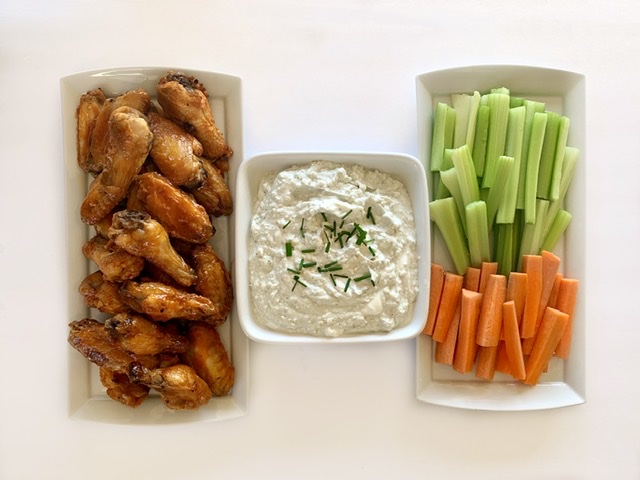
None of these pieces are difficult to prepare: I normally season them strongly, place them on a sheet pan, and broil them. The heart, cartilage, and oysters just need a few minutes on each side to cook through; the wings need a little longer on each side to crisp up the skin all over and require a few more turnings.
These scrumptious treats, which I usually enjoy as a treat shortly after butchering the chicken, aren’t the reason to buy entire chickens, but they’re a nice bonus. They are an extreme example of flipping the turkey school of cooking on its head, as well as the delights that can be found in prioritizing cooking processes over the precise demands of a series of unconnected recipes.
Recipes Aren’t All That Bad!
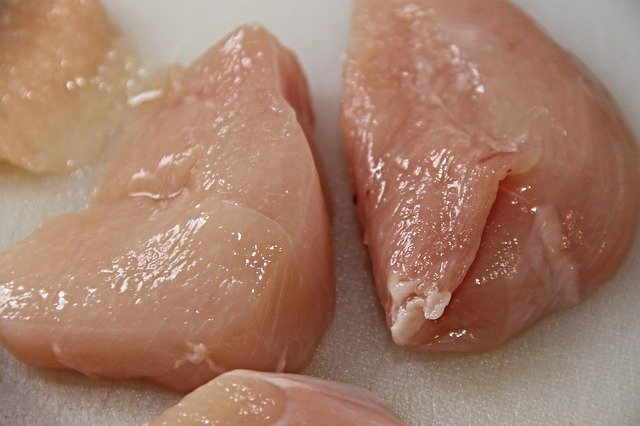
This isn’t to suggest that recipes aren’t useful, or that buying a whole turkey and chopping it up on a regular basis precludes the use of recipes. While there is some disparity between the parts available on a single chicken and many chicken recipes—for example, a recipe for braised chicken thighs with bacon and cabbage, which calls for between six and eight thighs—you can easily hoard chicken parts in your freezer until you have enough to make all or half of a recipe. The same is true for breasts, wings, or any other offal; a few months of cutting up whole birds can yield enough frozen livers to create paté or chopped liver.
However, adopting this method can improve your connection with recipes. For example, when I ran across a recipe for chicken nuggets, I knew I’d make it exactly as written—and I did, and they were delicious. But I also saved a few of the techniques I read for future reference, such as salting the cut bits of chicken ahead of pulsing them in the food processor. I may or may not adhere to the recipe precisely in the future. Still, I’m sure I’ll remember some of the strategies the next time I have an abundance of chicken leg meat. Whatever I produce won’t be as delicious as the nuggets I’d make if I followed that recipe completely, but it’ll probably be edible.
And if it isn’t, I’ll be butchering another chicken the following week, so I’ll have another chance if I want.
